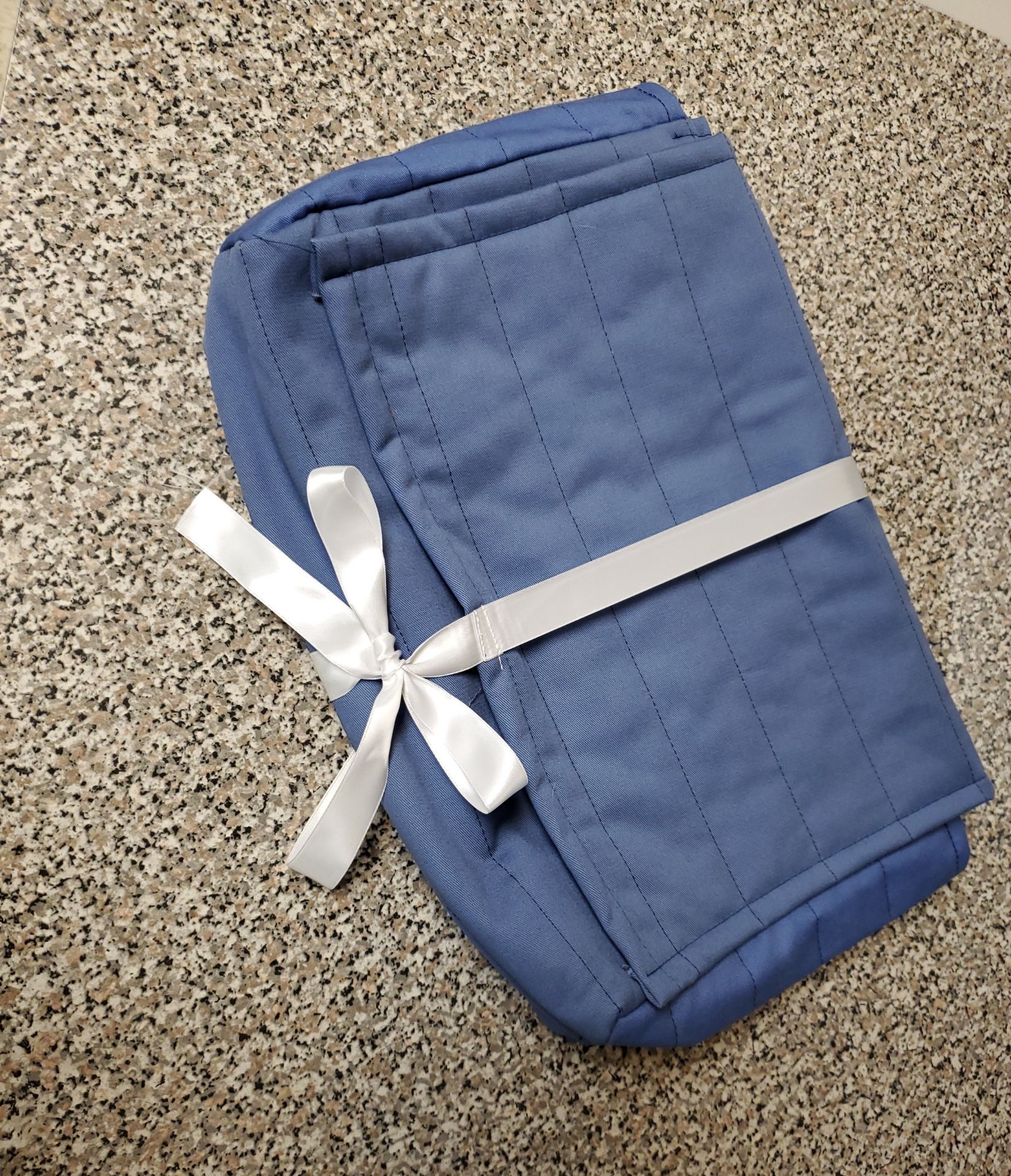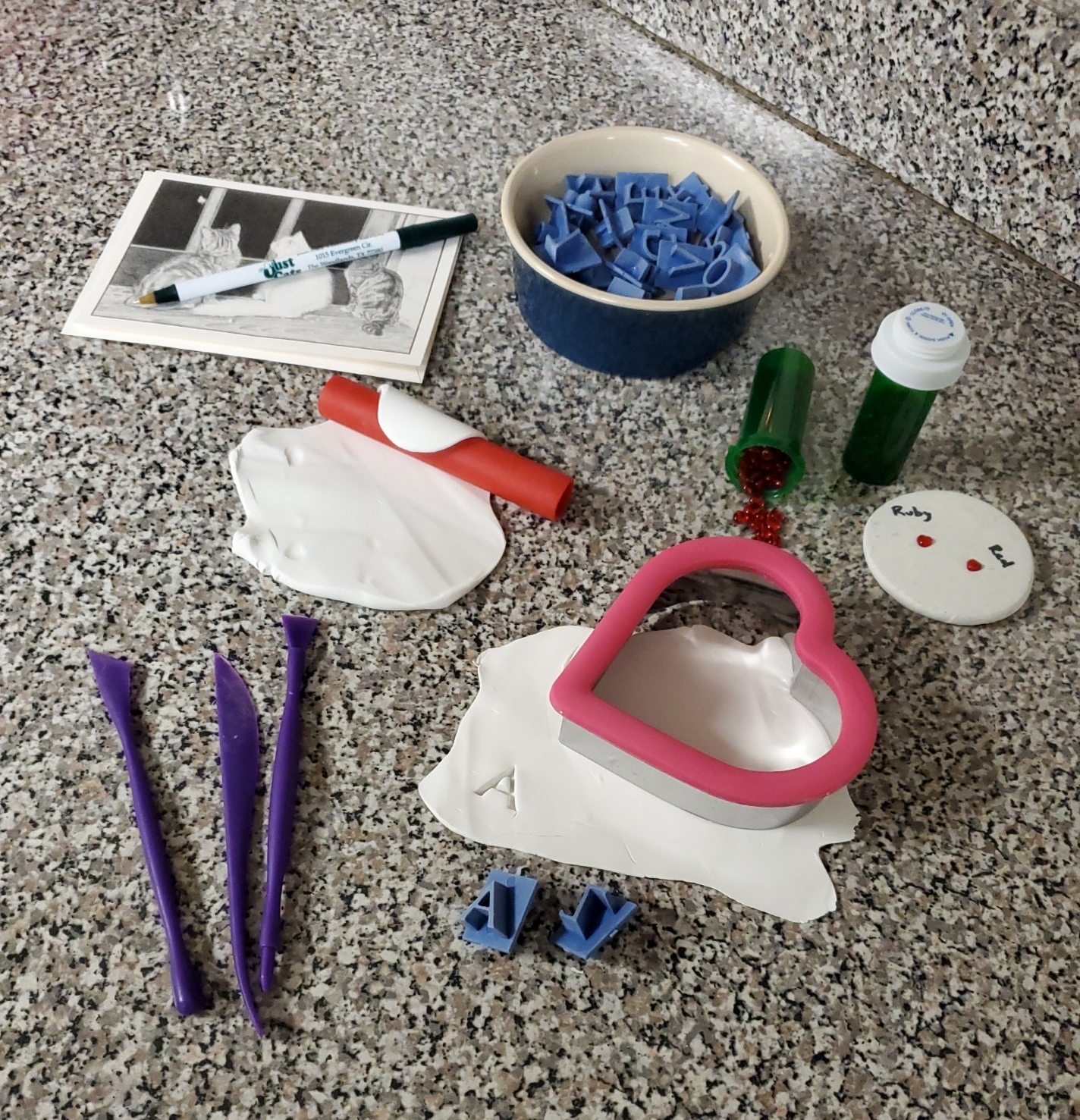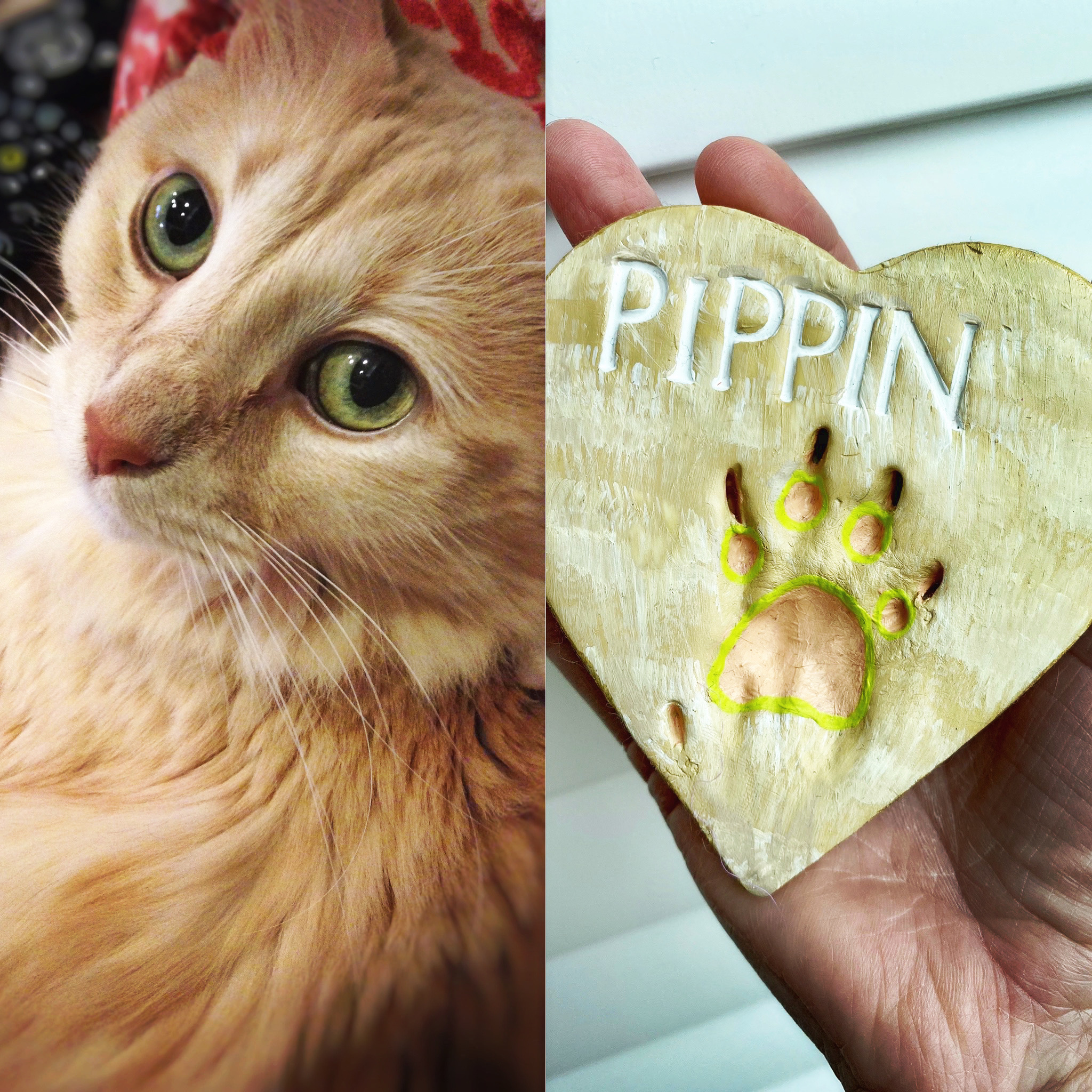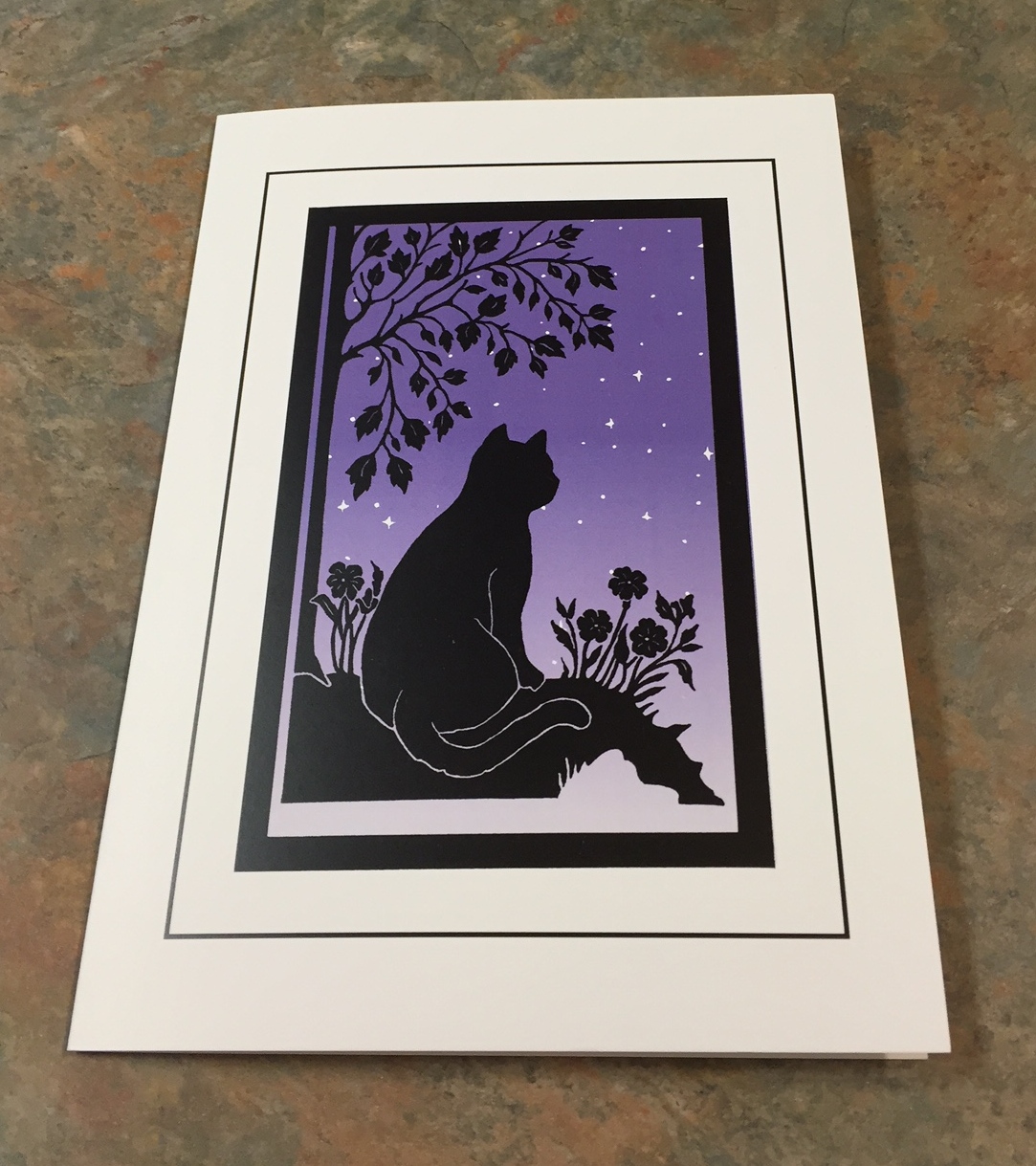Our duties to our patients and our clients do not end when the last breath is taken. Closure and a healthy respect for the unique human-animal bond should always be given to our patient’s families. The following list of final arrangements demonstrates some ways in which we can honor this bond.
Demonstrating Respect and Sensitivity for the Cat in the Practice
- Light a battery-operated candle to signify euthanasia is scheduled or in process. Consider a separate candle for practice team members, and one in the front office to notify other clients. If a candle is not possible, you may dim the office lights slightly.
- Handle deceased pets with care when carrying or transferring them for their caregivers.
- Remove all bandages, feeding tubes, intravenous tubes, and tape to prepare the body for burial or cremation.
- Reconfirm asystole.
- Cover deceased pets with a blanket. Keep them out of sight of other patients and avoid high-traffic areas.
- As soon as possible, transfer deceased patients to freezer storage or back to their caregivers.
- Create a dedicated space in the staff lounge as a crafting area so that staff on break or during slow periods could use the time to creatively memorialize patients by decorating locks of fur or clay paws. Finished crafts could be given to caregivers or kept by the team member who cared for them.
Preparing Final Arrangements

- Offer a necropsy for owners who might benefit from the knowledge and in order to offer closure that a difficult diagnosis might bring.
- Offer to place a hold on remains until the owners can decide how to proceed if they have not preplanned.
- Provide thoughtful options to take cats home for burial, such as quilted lined bags or biodegradable coffins to prevent leakage.
- Select a reputable business for postmortem care or interment, and have standard options to offer clients, including sending the
- Review the experiences other pet owners have had with them online.
- Know their options and process from intake to return.
- Determine if they use partitions where ashes can commingle or cremate one pet at a time.
- Ask if they use electronic tracking systems.
- Inquire if you can view a cremation or visit the facility. You can confirm whether owners have those options.
- To increase transparency and help dispel misinformation, office staff should know where the cat’s ashes will be scattered.
- Provide a booklet or email website links of aftercare options, such as urns, jewelry made from ashes, and other mementos.
- Inspect the urn or remains when they are returned to your possession to ensure the appropriate services have been performed, and verify correct identification prior to returning ashes to the owner.
- If a pet funeral home is available in your area for viewings and services, make this option known to interested families.
- If a veterinary teaching institution is nearby, consider suggesting a donation of the remains to science and/or the education of future veterinary professionals. Alternatively, offer to keep them for the continued education of new graduates at your practice, or learning new procedures that could later benefit other cats and clients.
Memorializing the Cat

- It is important to demonstrate respect and sensitivity to each caregiver. First, ask the caregiver if they wish to receive an item to memorialize their cat.
- Send a sympathy card personalized with a photo of their cat and a heartfelt message. Also, consider including a token in the card, such as a plantable paper containing wildflower seeds.
- Create clay paw prints or nose prints. Consider a few ideas:
- Decorating with colored beads, such as hearts.
- Using stamped letters for their names, or carving in names or messages using a needle or sharpened pencil.
- Using cookie cutters of various shapes to make the base (e.g., circles, hearts, etc.).
- Painting them to reflect the cat’s coat and eye colors, or their collar.
- Make a hole in the top with a needle cap to convert into holiday decorations for hanging, and thread with ribbons colored to complement their pet.

- Memorialize the cat with a lock of fur or a whisker collection.
- Consider collecting fur clippings. Remember to get a clipping of each color of the fur. They can be stored in cleaned vaccine vials or craft store containers, and decorated with charms.
- Tie with a ribbon and send home in a small organza bag.
- Share with the caregiver that there are professional services that can create jewelry from whiskers, ashes, or pawprints.
- Make a donation in their cat’s name. Consider:
- A veterinary medical research organization (e.g., local veterinary college, veterinary medical foundation, Winn Feline Foundation/EveryCat, or other organizations).
- A local shelter or animal rescue organization.
- Your own practice’s Good Samaritan fund for helping stray animals or those in need.
- Remember their cat with a memorial page in an annual clinic calendar or social media post (with permission).
- Consider putting up a bulletin board as a commemorative wall in your staff lounge to honor the special patients you have lost.
- Hold an annual memorial service for all the deceased pets from the last year.

Bereavement Support
- Be aware of your emotions as well, and make sure you remain respectful, honest, nonjudgmental, and open to a caregiver’s wishes and different styles of grief.
- Call caregivers the day after the euthanasia to acknowledge their loss. Lend a listening ear of support and answer questions. Normalize grief surrounding pet-loss and ask open-ended questions.
- Provide caregivers with resources for grief counseling when appropriate, such as Lap of Love’s Pet Loss and Bereavement Resource Line ([855] 352-LOVE [5683]), or lapoflove Pet Loss Support Resources. The AVMA also provides a list of Pet Loss Support Grief Counseling Hotlines. Please see Client Resources for additional information.
- Support for the veterinary team is a crucial part of the process. Please see the FAQ section of this Toolkit for additional information on bereavement support for the veterinary team.
- Refer to a veterinary social worker if one is available in your practice.
- Identify local Pet Loss Support groups that you can refer to clients. There are several hybrid online/local support groups available on multiple platforms.
- Offer a bereavement support group for clients, or create one for your practice on social media. The AVMA has Guidelines for Pet Loss Support Services.
- Send a condolences gift. Some examples are flowers, potted plants, a candle, a cookie bouquet, etc.

Following-up
Sometimes clients are too saddened after a euthanasia to come back for care at your office. After some time has passed, re-establishing this link can bring them back into the practice, remind them to seek care for other pets at home, or care for a new pet they have may have adopted since.
- Sending a one-year anniversary card can be a gentle reminder and a positive way to re-establish a connection with a client. Prepare a card with the client’s name and the cat’s name, and have each practice member sign or stamp them. These could also be pre-printed with staff signatures. Please see the Client Resources section for pre-made cards that you can edit and print on your own.
